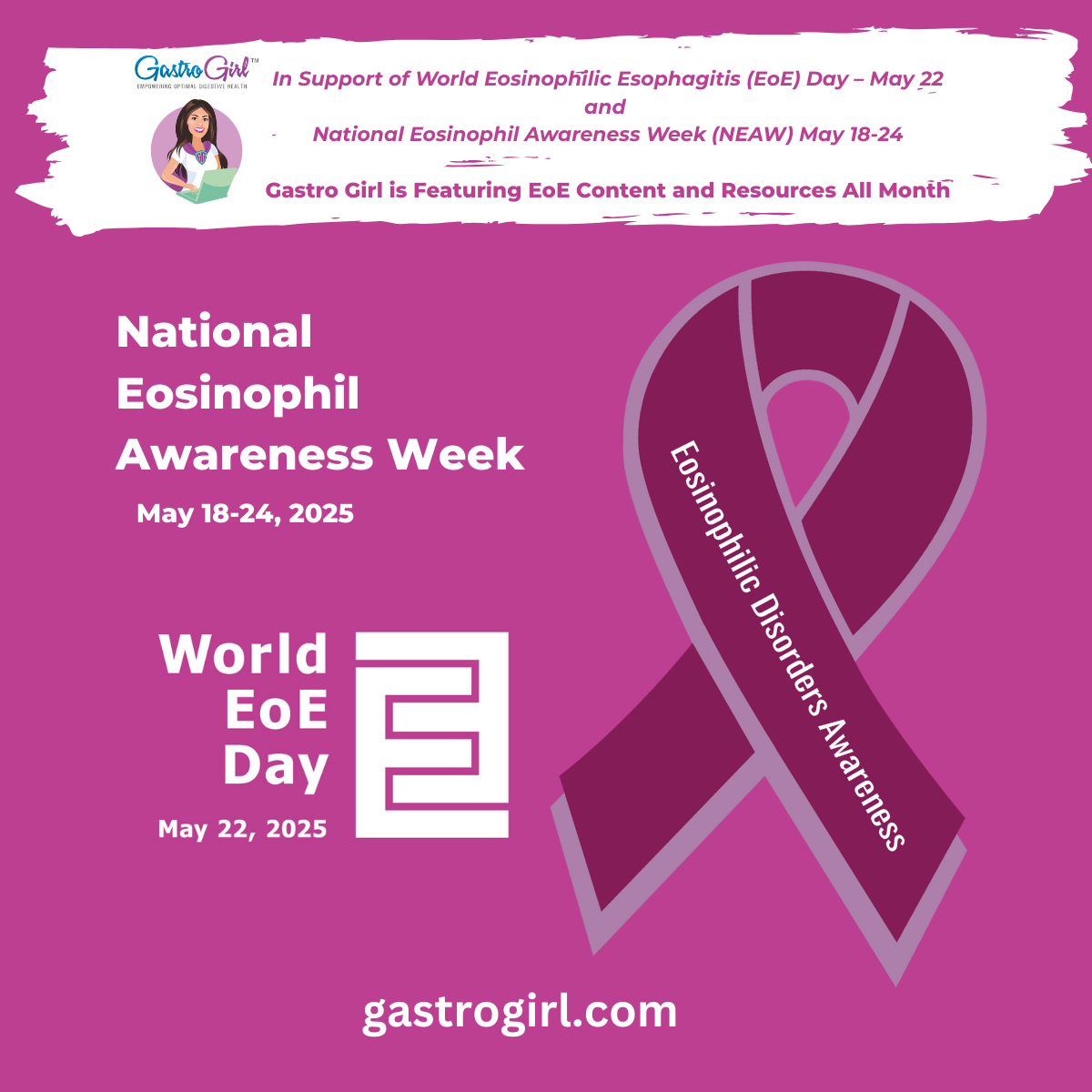Journey Through the Digestive System: An Overview
If you have a digestive condition, you may know a lot about a single part of your digestive system. However, you may not know how each part of the digestive system works together to help us digest and absorb the food we eat.
The digestive system is made up of the gastrointestinal tract (AKA the GI Tract) and the liver, pancreas, and gallbladder.
Below you will find an overview of the parts of the digestive system.
 Source: National Institute of Diabetes and Digestive and Kidney Diseases, National Institutes of Health.
Source: National Institute of Diabetes and Digestive and Kidney Diseases, National Institutes of Health.
Mouth
The mouth is the first point of contact between food and our digestive system. Food enters the mouth and our teeth grind the food into smaller pieces, while our saliva starts breaking down carbohydrates. Our tongue pushes the food to the back of our throat so it can then be swallowed.
Esophagus
Food is then swallowed and enters the esophagus. A contraction and relaxation of muscles pushes the food along the esophagus in a wave-like motion called peristalsis.
Stomach
Next, food enters the upper part of the stomach and is mixed with digestive juices. The contents of the stomach (called chyme) are then slowly emptied into the small intestine.
Small Intestine
The small intestine is the main site of vitamin and nutrient absorption along the digestive tract. Digestive juices made by the pancreas, liver, and intestines help to break food down into components that are small enough to pass through the intestinal wall to be used by the body. Water is also absorbed by the small intestine.
Pancreas
The pancreas makes a digestive juice that contains enzymes which break down proteins, carbohydrates, and fats. These digestive juices flow from the pancreas into the intestines via a tube called a duct.
Liver and Gallbladder
The liver makes a digestive juice called bile. Bile helps us break down fats and plays an important role in the absorption of fat-soluble vitamins (such as Vitamin D). Bile is stored in the gallbladder between meals and is released into the intestines via the bile duct.
Large Intestine
Food continues to be pushed through the small intestine and into the large intestine (AKA the colon) by peristalsis. Most of the remaining water is absorbed at this point along with electrolytes and certain vitamins.
The large intestine is also the site of a collection of microbes called the “microbiota”. This includes bacteria which ferment (break down) certain types of carbohydrates and make gas and other byproducts.
Rectum
The very end of the large intestine is called the rectum. It is the end of the line for the intestinal contents where stool is stored and pushed out during a bowel movement.
For a detailed look at how food moves through our digestive system system, check out this video.
About the Author:
Katelyn Collins, RD is a registered dietitian specializing in irritable bowel syndrome (IBS) and digestive health. Katelyn’s personal experience with IBS first sparked her passion for nutrition and health. Since then, she has been a vocal advocate for the digestive health community and has dedicated her own nutrition practice to serving those with digestive conditions.

Listen to our
latest Podcast!






